
Top 5 most populous megacities worldwide
The United Nations has released fresh data on the most populous cities in the world. Let's take a look at the top megacities by population.




According to MIT Technology Review, there are approximately ten innovations that are about to change the world. To start with, immune engineering is a new breakthrough therapy to fight cancer, HIV, multiple sclerosis, etc. It involves a type of treatment that harnesses the body's own immune system with T-cells engineered to recognize and destroy cancer cells. Currently, scientists have developed TALEN and CRISPR genome editing systems.

In future, plant genetic engineering will be widely used. According to forecasts, global population is set to hit 10 billion people by 2050. In order to feed all these people, an agricultural productivity boost will be needed. At the moment, the CRISPR technology is used to make crops environmentally sustainable and more productive. Scientists say this method will be widely used in 5-10 years.

Voice interface is a speech recognition technology, an emerging technology that will impact the future. Voice-recognition is the future of computers and mobile phones. The technology has already been applied. It is used in Apple, Microsoft and Google's gadgets. Baidu, China's company, is the leader of the industry.
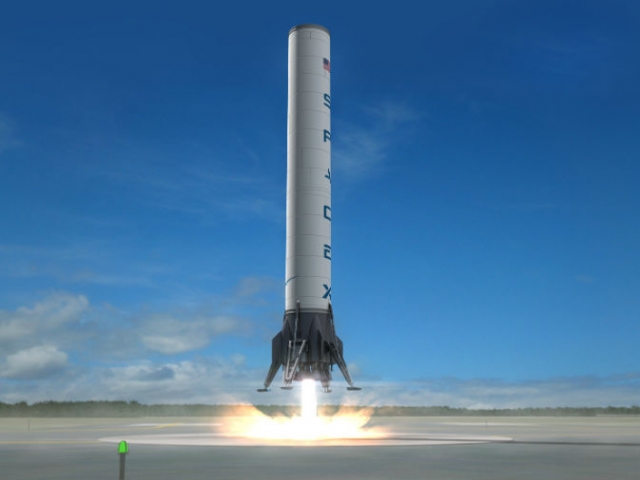
Reusable rockets are a feat that will transform space exploration. While most rockets are designed to burn up in the atmosphere during reentry, Space X and Blue Origin's tests have shown they can be reusable. The rockets have the most recent onboard software. The technology will help to greatly reduce costs for space flight.
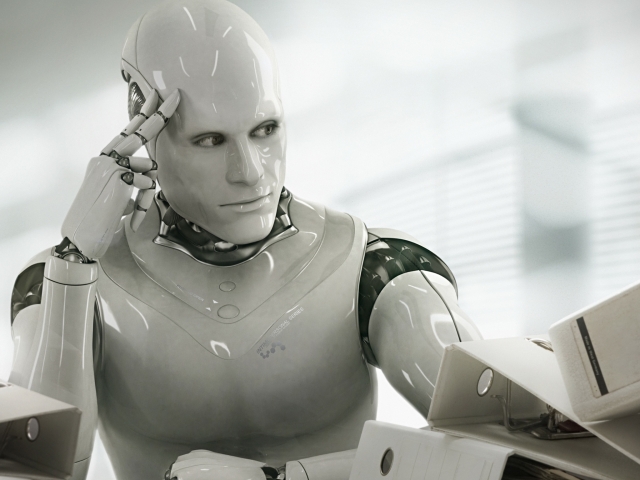
And of course, we hardly can imagine our future without robots. Scientists anticipate invention of robots capable of teaching each other. To do this, it is planned to create a common database where droids can share information and obtain necessary skills and knowledge. Currently, there is Robot Operating System (ROS) software — a suite of software libraries that help developers create robot applications.
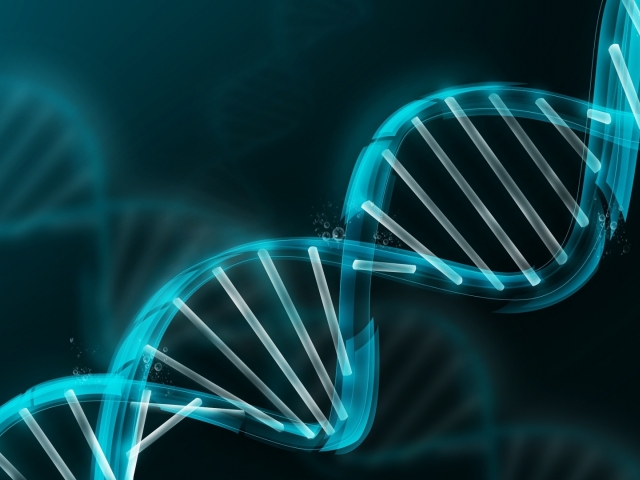
DNA sequence analyzer is a breakthrough app in the App Store. This year, Helix app for Android and iOS will be released. Its users will be able to send a spit sample for DNA analysis and whole-genome sequence. It will cost about $100.

SolarCity's gigafactory is also a high-tech innovation of the future. The solar manufacturer and installer is to open its 1-gigawatt factory in New York in 2017. It will produce 10,000 solar panels per day. Thus, SolarCity hopes to reduce the cost of solar panels by making them more affordable.
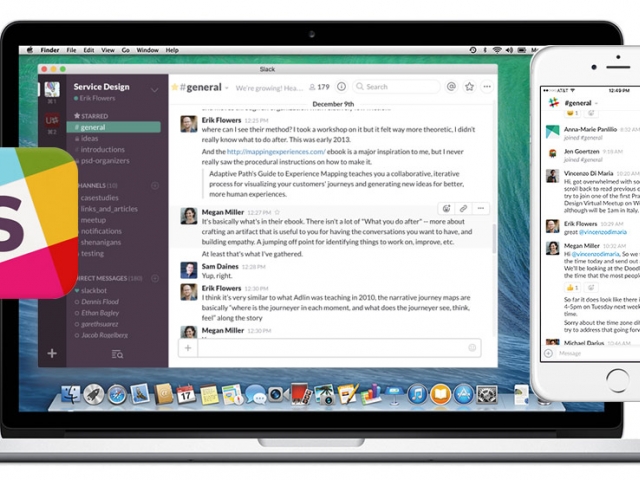
The future of office workers will also change. Slack, a cloud-based team collaboration tool, brings all office communication together in one place. It is real-time messaging, archiving and search for modern teams. Users can switch between emails, phone calls, messages. It makes possible creating bots and using the tool both from a computer and a smartphone.
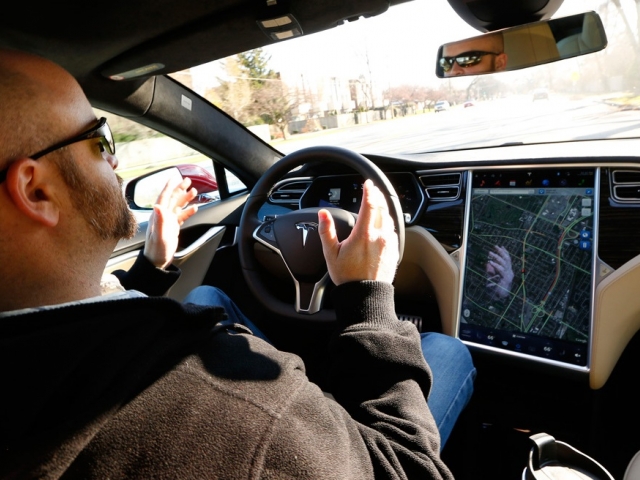
Next white-hot technology is Tesla's Autopilot which made autonomous driving a reality. It is a software update officially named Tesla Version 7.0 available for Model S and Model X. It uses sensors, as well as a camera, a front radar, and digitally controlled brakes, to help avoid collisions. Experts say Tesla Autopilot reduces the probability of having an accident dramatically.

Power from the air is another hi-tech innovation. Specialists say in 2-3 years people will be able to power their internet devices by Wi-Fi and other telecommunications signals. This will be possible using a principle called backscattering. It reflects incoming radio waves and constructs a new signal. A gadget using the technique absorbs some energy from the signal it is modifying to power its own circuits. This method will help people to get rid of wires and sockets in the future.

The United Nations has released fresh data on the most populous cities in the world. Let's take a look at the top megacities by population.

Deepfake is a technology based on artificial intelligence to create ultra-realistic fake videos, audio, and images featuring real people. In recent years, it has gained incredible popularity, evoking both admiration and concern. Celebrities, whose faces are often used for such purposes, have felt its impact most acutely. In this article, we will discuss five of the most "deepfaked" individuals who have become the main victims of this emerging technology.

The biggest news of recent days has been Donald Trump's victory in the US presidential election. This event has caused a stir around the world, reminding us of the significant role a US president plays in both national development and international affairs. Throughout US history, several presidents have dramatically reshaped the country's domestic landscape and strengthened its influence abroad. Let's take a look at some of the most influential